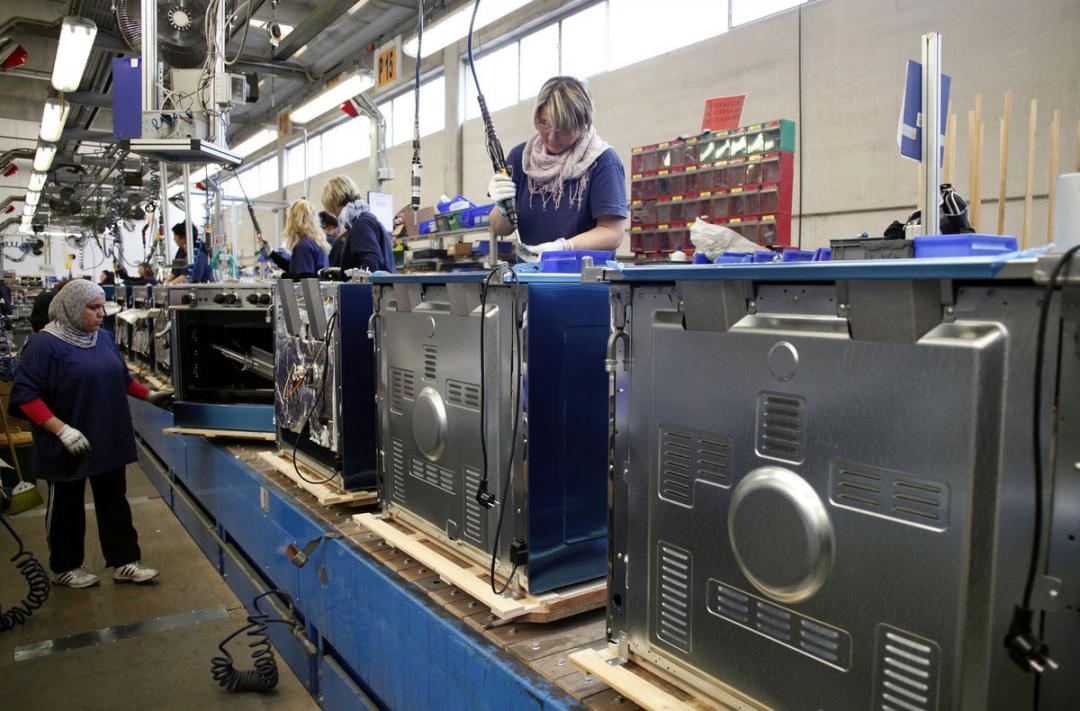The Transatlantic Trade and Investment Partnership (TTIP), which the European Union and the United States currently are negotiating, would, studies say, boost welfare and reduce unemployment in both economies, as well as in other countries.
At the same time, the TTIP could help to restore confidence in Europe and the transatlantic community. But there is one major barrier to realizing these benefits: the euro, Project Syndicate reported.
The problem stems from currency manipulation. Over the past three decades, the US has de facto tolerated currency manipulation by its major Asian trading partners, which built up large trade and current-account surpluses by suppressing the value of their currencies.
But the US is unlikely to accept such behavior within free-trade zones. Indeed, a bipartisan majority in the US Congress is already demanding that the Trans-Pacific Partnership (TPP) – a mega-regional free-trade deal involving 12 Pacific Rim countries – should include provisions barring currency manipulation.
Manipulation
Discussions about currency manipulation have long focused on China, which is not part of the TPP, but could join it, or a similar arrangement, in the future. But the economy with the biggest current-account surplus today is not China; it is the eurozone. In fact, at more than $300 billion, the eurozone’s current-account surplus for 2014 was about 50% larger than China’s.
The reason for this is simple: monetary expansion, which leads to currency depreciation, is the only macroeconomic tool available to the European Central Bank (ECB) to boost the competitiveness of struggling economies like Greece, Spain, Italy, Portugal, and France.
As a result, current-account deficits in the southern countries have diminished or disappeared, while surpluses in countries like Germany have increased, causing the eurozone’s overall surplus to swell.
An unsolvable problem for the ECB is that the euro remains too strong for the depressed southern countries and too weak for Germany. While allowing it to appreciate would help to reduce the current-account surplus, it would also exacerbate the economic distress in the depressed southern countries.
This, in turn, would further strengthen the populist and anti-European political movements that have capitalized on social hardship to win support.
Internal Imbalances
Some observers believe that the eurozone’s internal imbalances can be reduced if Germany increases infrastructure spending and allows wages to rise faster. But for many Germans, who withstood difficult social-security and labor-market reforms in 2003-2005, a deliberate effort to diminish hard-won competitiveness gains is not an option.
The fact that 63% of German exports go to countries outside the eurozone – meaning that German companies must be able to compete with their counterparts all over the world, not just in the monetary union – makes the issue even more sensitive.
Other observers claim that further integration, especially progress toward fiscal and political union, would provide the eurozone with alternative instruments – namely, wealth transfers – to improve depressed countries’ competitiveness. Indeed, despite spending huge amounts of taxpayer money – amounting annually to 16% of regional GDP in southern Italy and 25% of regional GDP in eastern Germany – the Italian and German economies have gained little.
In short, the eurozone’s internal imbalances are likely to persist – and, with them, its undervalued currency and massive current-account surplus.
At its core, currency manipulation is any intentional intervention that results in an undervalued currency and a substantial current-account surplus – exactly what the ECB is doing. If the ECB maintains this policy for an extended period, tension with the US is all but inevitable – tension that may obstruct the TTIP’s approval by the US Congress or hinder the treaty’s actual operation, resulting in its deterioration or termination.


